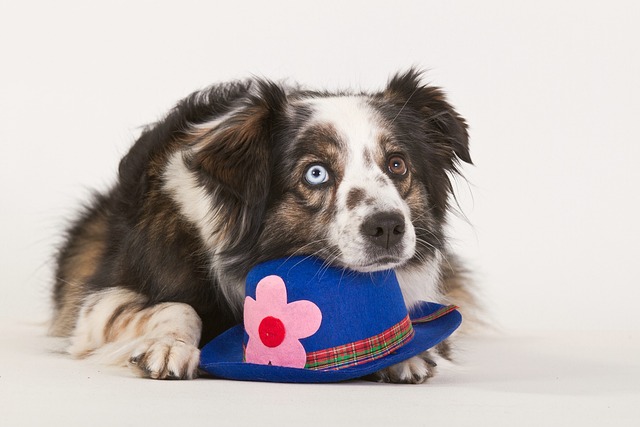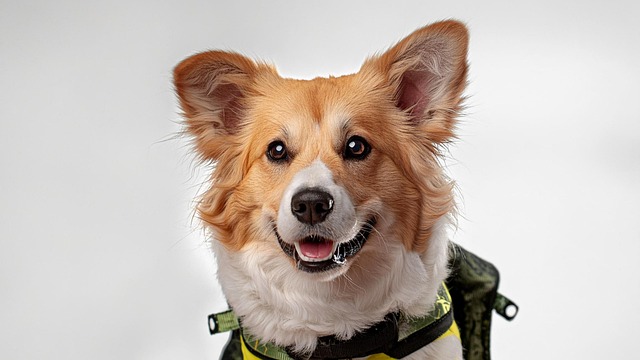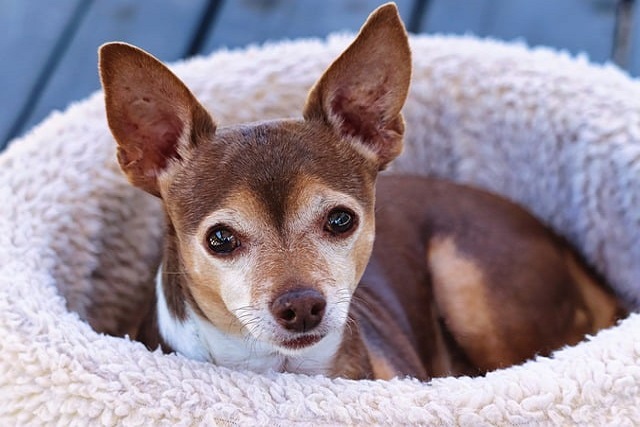Teaching a dog to settle in its own bed can feel like herding cats for new pet parents. Imagine coming home after a long day, looking forward to sinking into your couch, only to find your furry friend has claimed the spot as their own—tail thumping, paws spread, as if they own the place. This isn’t defiance; it’s simply that your dog hasn’t learned where their “safe zone” begins and ends. For first-time owners in busy cities like Chicago or Austin, where apartment living means shared spaces, teaching this skill isn’t just about convenience—it’s about creating harmony in tight quarters.
Dogs thrive on consistency and positive associations, a principle rooted in operant conditioning. Think of it this way: when a behavior (like lying in the bed) is followed by something pleasant (a treat, a belly rub), your pup will repeat it. Punishment, on the other hand, confuses them—yelling or pushing them off the couch might make them fear you, not understand the bed is the right spot. A friend in Portland once tried scolding her Labrador for jumping on the bed, and he started hiding under the dining table instead; it took weeks of treats and calm praise to rebuild his trust in his designated corner.
Start by picking the right bed. If you have a Chihuahua, a tiny, enclosed bed by the window might feel cozy; a Great Dane will need something large enough to stretch in, maybe near your favorite chair so they still feel part of the family. Place it in a low-traffic area but not so isolated they feel abandoned—near the living room works better than a dark hallway. Once the bed is set, grab their favorite treats (cheese cubes work wonders for most pups) and call them over. When they step a paw onto the bed, say “good boy” and offer a treat. Repeat this, waiting a little longer each time—first for a paw, then two paws, then all four—until they’re fully on the bed.
 Next, work on duration. When your dog is standing on the bed, hold a treat in front of their nose and slowly lower it to the bed’s surface. Most dogs will follow it down, lying down to reach it. The second their belly touches the bed, praise them warmly and give the treat. Do this three to five times per session, keeping sessions under five minutes—puppies, especially, have short attention spans. A neighbor in Brooklyn trained her rescue beagle this way, and now he trots to his bed whenever she picks up his treat bag, tail wagging.
Next, work on duration. When your dog is standing on the bed, hold a treat in front of their nose and slowly lower it to the bed’s surface. Most dogs will follow it down, lying down to reach it. The second their belly touches the bed, praise them warmly and give the treat. Do this three to five times per session, keeping sessions under five minutes—puppies, especially, have short attention spans. A neighbor in Brooklyn trained her rescue beagle this way, and now he trots to his bed whenever she picks up his treat bag, tail wagging.
Once they’ll lie down on command, add a cue like “go to your bed” as you guide them. Practice this when things are calm first, then try during mild distractions—like when the doorbell rings or you’re cooking dinner. If they get up, gently lead them back without scolding and try again. Consistency is key; if you let them on the couch sometimes but not others, they’ll get confused.
Remember, in most U.S. states, keeping your dog’s vaccinations current is the law, and cleaning up after them on walks is part of being a responsible neighbor—habits that go hand in hand with training. Positive reinforcement aligns with modern animal welfare standards, focusing on building trust rather than fear. With patience, your dog will learn that their bed is the best spot in the house—whether you’re watching TV, having guests over, or just need a quiet evening in your apartment.

 Next, work on duration. When your dog is standing on the bed, hold a treat in front of their nose and slowly lower it to the bed’s surface. Most dogs will follow it down, lying down to reach it. The second their belly touches the bed, praise them warmly and give the treat. Do this three to five times per session, keeping sessions under five minutes—puppies, especially, have short attention spans. A neighbor in Brooklyn trained her rescue beagle this way, and now he trots to his bed whenever she picks up his treat bag, tail wagging.
Next, work on duration. When your dog is standing on the bed, hold a treat in front of their nose and slowly lower it to the bed’s surface. Most dogs will follow it down, lying down to reach it. The second their belly touches the bed, praise them warmly and give the treat. Do this three to five times per session, keeping sessions under five minutes—puppies, especially, have short attention spans. A neighbor in Brooklyn trained her rescue beagle this way, and now he trots to his bed whenever she picks up his treat bag, tail wagging.



